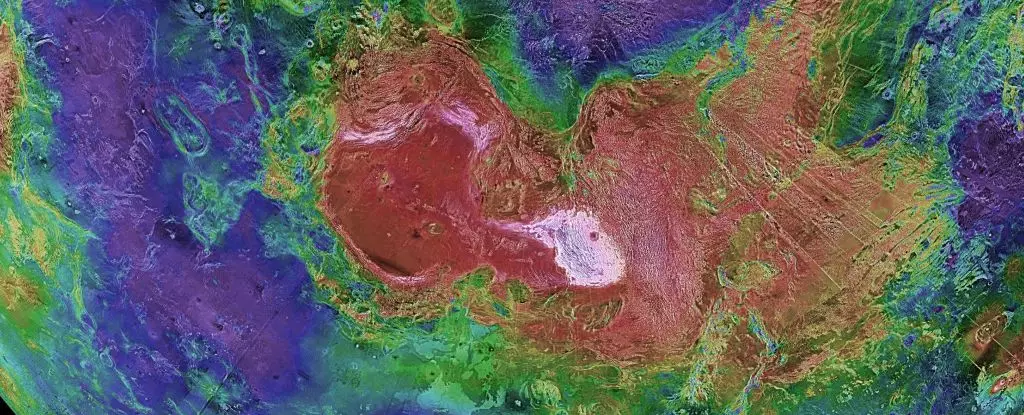When we look at Venus and Earth, we see two planets that have taken vastly different paths in their geological evolution. Earth is a paradise with lush vegetation, oceans, and a hospitable atmosphere. In contrast, Venus is a hellish landscape with toxic clouds, acid rain, and scorching temperatures. These differences go beyond just surface-level appearance and can be attributed to various geological factors.
One of the key distinctions between Earth and Venus is the presence of tectonic plates. Earth’s crust is divided into pieces that can move and interact with each other, leading to processes like subduction and continental drift. The oldest parts of Earth’s crust, known as cratons, are believed to have formed first, providing a foundation for the continents to develop over time. On the other hand, Venus lacks tectonic plates, which has a significant impact on its geological makeup.
Recent studies have shed light on the geological mysteries of Venus, particularly in relation to its tesserae regions. These regions, such as the Ishtar Terra plateau, have been found to bear striking similarities to Earth’s cratons. Scientists have used computer simulations and data from NASA’s Magellan spacecraft to uncover how these tesserae may have formed billions of years ago, hinting at a shared evolutionary process between Venus and Earth.
The discovery of Venus’ tesserae formation process has opened up new avenues for understanding planetary evolution. By comparing the geological features of Venus to those of Earth, researchers can gain valuable insights into the early history of our own planet. The similarities between Venus’ tesserae and Earth’s cratons suggest that there may have been a common point of divergence in their crustal development, offering clues about the establishment and maintenance of habitability on rocky planets.
Studying Venus can provide valuable information about Earth’s early history and geological evolution. By examining similar features on both planets, scientists can piece together the puzzle of how Earth’s continents and tectonic plates formed, and how these processes have shaped the planet over billions of years. Understanding the connections between Venus and Earth can yield valuable insights into the fundamental principles of planetary geology.
The geological mysteries of Venus and Earth offer a fascinating glimpse into the complex and interconnected nature of planetary evolution. By delving into the similarities and differences between these two planets, scientists can uncover valuable insights that shed light on the origins of our own planet and the fundamental processes that govern the evolution of rocky worlds. The study of Venus’ tesserae may just be the key to unlocking the secrets of Earth’s geological past and paving the way for a deeper understanding of the mysteries of our planet and the universe beyond.


Leave a Reply